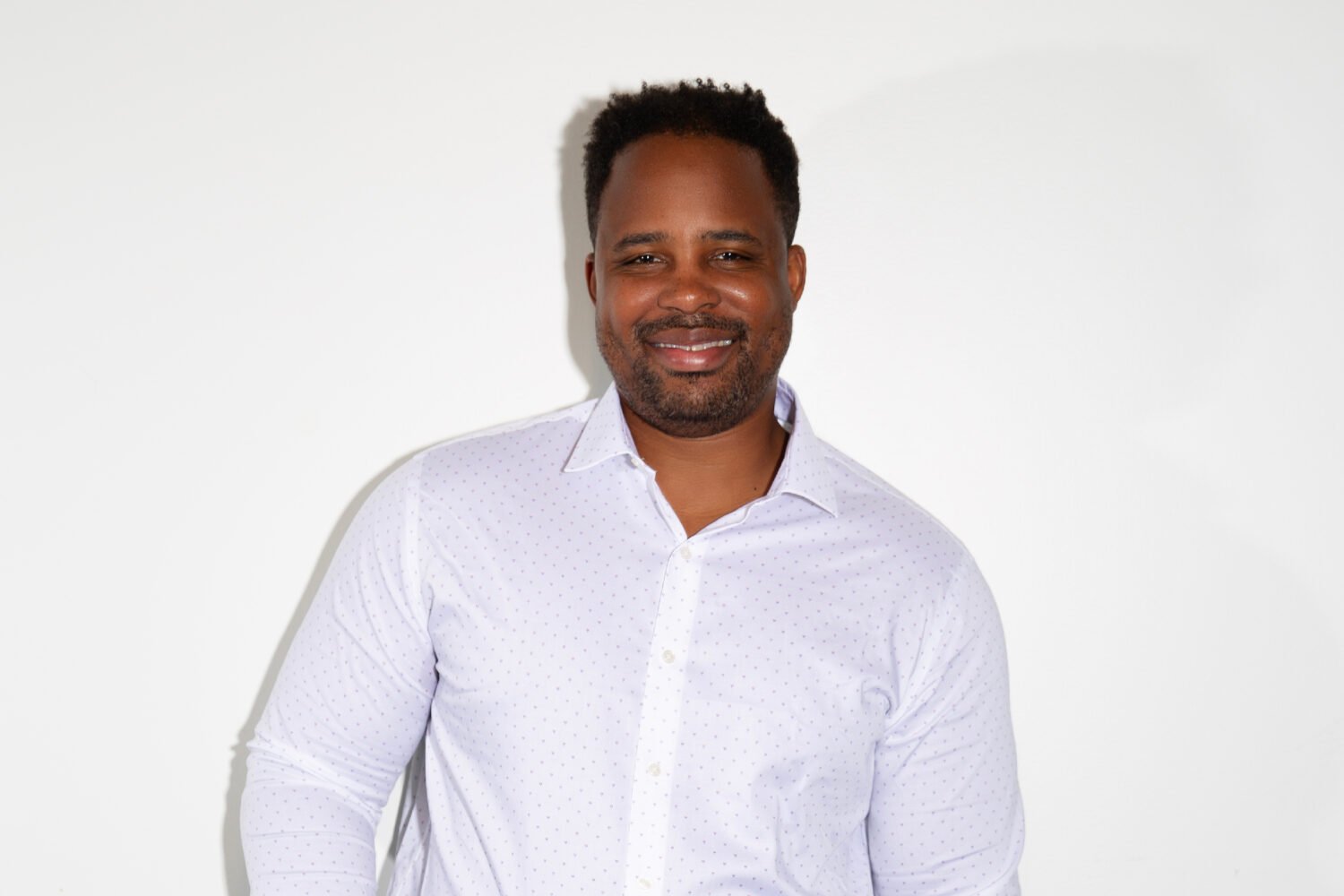The Washington region added 66,200 jobs last year, according to the George Mason University Center for Regional Analysis. And that was on top of the 64,700 jobs it added in 2005. The momentum continues. The center predicts that more than 500,000 new jobs will be created between 2006 and 2011.
This job growth is largely driven by government contracting. Federal spending continues to set new records, and the Washington area gets a big share of those dollars. Federal spending here has increased eight times as fast as it has nationwide. Thousands of businesses have been built on government contracts. There are an estimated 13,500 federal contractors in this area; for nine years running Washington has put more companies on Inc. magazine’s list of America’s fastest-growing companies than has any other metro area.
Being the nation’s capital helps Washington even beyond federal contracting. When United Airlines won the contest to provide new nonstop service to China from Washington, the Wall Street Journal estimated the route’s value at as much as $250 million a year; much of that will be pumped into the area’s economy, adding several thousand jobs.
Forbes magazine ranks Washington among America’s smartest metro areas, both a cause and a result of the concentrations of biotechnology and telecommunications companies here. Firms in both sectors are among the companies we spotlight below
Real estate, too, has long been a prime mover of the region’s economy, and that continues to be the case.
Several Washington companies have had success in the energy field. One of the most interesting—an import from France—is engaged in every aspect of the nuclear-energy industry.
Here are eight companies to watch among the many creative enterprises that make our economy sing.
AREVA (Nasdaq: ARVCF). When House speaker Nancy Pelosi and California senator Barbara Boxer proclaimed that nuclear energy is on the agenda, the four-decades-long time-out for nuclear energy in America came to an end. Areva, whose US operations are headquartered in Bethesda, is likely to be one of the beneficiaries. Along with Westinghouse (now owned by Toshiba) and General Electric (40 percent of whose nuclear division is owned by Hitachi), Areva is one of the world’s three major nuclear-energy companies. Most of Areva is owned by the French government, but a small part is publicly traded, and many analysts expect that more of the company soon will be “privatized” and traded in the market.
With 61 sites in 20 countries, Areva is active in every link of the nuclear-power chain. It explores for uranium around the world; some of its mines are in Wyoming. It enriches uranium to make nuclear fuel in France. It builds nuclear-power plants; currently in development are facilities in China, Germany, England, India, and Brazil. It provides maintenance to existing plants; one maintenance facility is in Lynchburg, Virginia. The company soon will be turning weapons-grade plutonium into fuel at its plant in Aiken, South Carolina.
As concerns about global warming and a cleaner environment brush against growing energy demand—demand for electricity alone is expected to more than double by 2030—Areva believes nuclear power will play an increasing role, as will power produced by wind and biomass (recycled garbage), which the company also produces.
Michael McMurphy, president of Areva US, points out that the approval process for bringing American nuclear-power plants online has been streamlined, reducing the risk of regulatory interruption. Sixteen American utility companies have filed for new nuclear operating licenses. In this region, Baltimore’s Constellation Energy is partnering with Areva in that effort.
AvalonBAy Communities (NYSE: AVB). Alexandria-based AvalonBay owns upscale apartments in some of the most expensive housing markets in the country. Company president Tim Naughton says his renters range from young professionals to empty-nesters. The corporate motto, “time well spent,” is a play on the phrase “money well spent,” Naughton explains: “We provide the locations, amenities, and services to make life easier for people who are short on time.”
One of AvalonBay’s 170-plus communities sits on top of New York City’s largest Whole Foods store, its 1,000-square-foot apartments rent for $5,000 a month. The company’s properties are young—on average under eight years. They are located in coastal areas—from Seattle to San Diego and Boston to Washington, with a small but growing presence in Chicago—where apartment-building permits are difficult to get, limiting competition. The cities are hotbeds of job growth, but housing is expensive and commuting is difficult, which makes people want to live close to their work.
The company is in the midst of a major construction program: More than $5 billion worth of properties are in the works. Its occupancy rate, currently 96 percent, stays in the high 90s. All of this is reflected in the company’s stock price, which has appreciated an average of almost 20 percent a year for the past decade.
Cogent Communications Group (Nasdaq: CCOI). From his unassuming office in Georgetown, Dave Schaeffer runs a telecommunications company that is the second-largest carrier of Internet traffic in North America and Europe. Verizon is the largest. But Cogent is the largest IP-network operator. IP stands for Internet protocol, which has to do with data communication from computer to computer.
Schaeffer built the company, his seventh successful venture, by buying $4 billion worth of the assets of 13 telecommunications companies that went belly-up in the dot-com bust—for $60 million in cash. Cogent has no debt and no venture-capital investors. Fidelity is the largest investor, followed by a host of other brand-name mutual funds.
Cogent’s business model is based on Schaeffer’s belief that the Internet will continue to grow and Internet service will be priced as a commodity, meaning the lowest-priced provider will win the most business. Cogent’s Internet traffic is growing three times as fast as Internet use itself, and the price for its service is 80 percent less than its competition’s. The company’s market is business customers in large, multitenant office buildings. What differentiates it from most competitors is that it doesn’t carry voice traffic or provide other services. The company was created to carry only Internet traffic, and it can be choosy about its customers, the best of which are skyscrapers and data centers.
Schaeffer boasts that Cogent is directly connected to 850 buildings representing 7.5 percent of all office rental space in this country. The company has yet to make a profit, but earnings have been growing rapidly, as has the share price.
Corporate Office Properties Trust (NYSE: COPT). This might be one of the most attractive local companies you haven’t heard about. Although it is publicly traded, 86 percent of its shares are owned by institutional investors. Columbia-based COPT builds facilities that meet post-9/11 workforce-protection requirements; about half its revenue comes from the federal government and defense contractors. It is also a very successful traditional office real-estate investment trust (REIT), owning 244 properties totaling 18 million square feet. And it’s positioned for growth; it owns enough property to develop another 14 million square feet of office space.
COPT was created nine years ago when Constellation Real Estate Group, a 100-person office-real-estate operation that Baltimore Gas & Electric Company decided was not a core part of its business, merged with the nine-person Philadelphia-based Corporate Office Properties. Under president and CEO Randall Griffin, who joined the company fresh from building non-theme-park business for Euro Disney, COPT has been the nation’s top-performing REIT for total shareholder return. The stock’s total shareholder return has risen 1,038 percent, and its earnings growth has been the highest in the office-REIT sector.
Griffin says his company’s commitment to environmentally friendly buildings is not just good for the environment but can save tenants as much as 35 percent on their energy bills and 40 percent on water. Whatever the reasons, the company is successful at building relationships: The average tenant is on its seventh lease.
Interstate Hotels & Resorts (NYSE: IHR). This Arlington company manages some 200 hotels and resorts for more than 50 owners all over the country. Most of the hotels are flagged with major brands such as Marriott, Hilton, and Starwood.
IHR began in Pittsburgh in 1969 as a real-estate company; it went through several changes, merging and spinning off until it established itself as a hotel-management company. Now it is coming back full circle into real-estate ownership to diversify and balance its earnings stream.
When CEO Thomas F. Hewitt joined the company in 2005, the business was largely management-fee-based. Today IHR owns six properties and part of 17 more, making it less dependent on management contracts, which can be lost when a property is sold, as has happened in the last two years when owners such as Blackstone and CNL sold portions of their hotel portfolios.
Hewitt says 2007 is a transition year for the company. He believes it will replace lost management fees with income from wholly owned and joint-ventured properties. More than 50 percent of its operating income will be generated from wholly owned assets, which the market typically has valued at much higher multiples than it has management-fee income.
Iomai (Nasdaq: IOMI). “If what we do works, there is no reason to ever deliver a vaccine with a needle and syringe,” says Stanley Erck, president and CEO of Iomai Corporation. The Gaithersburg company’s technology is the result of research developed by Dr. Greg Glenn, a pediatrician by training, at Walter Reed Army Institute of Research while he was working on treatments for malaria, AIDS, and diarrheal disease.
It generally had been thought that large vaccine molecules could not be delivered through the skin, but Dr. Glenn’s research indicated that vaccines can get through the outer layer and into immune cells within the skin—a more efficient process than injecting vaccine into muscles, where there are few immune cells. The immune cells in the skin process the vaccine, delivering it to lymph nodes that then produce antibodies to fight illness.
Dr. Glenn and his colleagues realized they could use patches to deliver potent adjuvants—compounds that boost the effect of vaccines—that couldn’t be given any other way. This work on adjuvants led to a patch Iomai is developing to reduce the dose of vaccine needed to protect against pandemic influenza.
“Iomai” is derived from a Greek word meaning “to heal.” The company’s employees are known in the industry as “the patch people.”
Iomai’s patch for the prevention of traveler’s diarrhea is in Phase 2 human clinical trials. It is also testing in humans a patch to replace the injected flu vaccine and an adjuvant patch to improve the effectiveness of injected vaccine in the elderly. The company came to national attention early this year when it was awarded a government contract that could be worth as much as $128 million for its booster patch for pandemic flu. Of interest to public-health officials is that Iomai’s patches are stable for long periods of time. Unlike most vaccines, they can be stockpiled and shipped without refrigeration, enabling simple and rapid delivery to those who need them most.
Neuralstem (AMEX: NRLS). In a study at the University of California at San Diego, paralyzed rats treated with Neuralstem’s human neural stem cells were able to walk again. The Rockville company’s stem-cell technology was developed by Dr. Karl Johe while he was at the National Institute of Neurological Disorders and Stroke in the late 1990s. To advance that technology, he founded Neuralstem with Richard Garr, a lawyer and now the company’s CEO, and local entrepreneur Merrill Solomon.
The company’s goal is to treat central-nervous-system diseases and conditions such as traumatic spinal-cord injury, ALS (Lou Gehrig’s disease), multiple sclerosis, and Parkinson’s disease by replacing dead or diseased cells with neural stem cells. Neuralstem’s technology allows it to produce stem cells that are specific to the brain and spinal cord and to do so in commercial quantities. A cell bank capable of creating a million doses of spinal-cord stem cells—theoretically capable of treating a million patients—has been created from a single sample of aborted fetal tissue.
Neuralstem “turned on its head the dogma that the spinal cord isn’t an effective environment for turning stem cells into neurons,” reported Dr. Vassilis Koliatsos of the Johns Hopkins Medical Institutions in an early research study. The company hopes to get FDA approval for human clinical trials this year.
RCN (Nasdaq: RCNI). RCN is an official sponsor of the George Mason University Patriot Center. It’s this year’s corporate sponsor of Washington’s Major League Soccer team, D.C. United, as well as of the Kettler Capitals Iceplex, home of the Washington Capitals’ front office and practice rink. The high-profile sponsorships bring attention to a telecommunications company that emerged from bankruptcy only two years ago.
The turnaround was engineered by Peter Aquino, a soft-spoken telecom veteran who moved the company from Princeton, New Jersey, to Herndon to tap a pool of telecom talent and to change the corporate culture. The early version of RCN was a victim, like many other telecom companies, of large borrowing to build a business that never caught up with the expense of ambitious construction. “It was a culture of ‘build it and they will come,’ ” Aquino says.
He was hired fresh from building the first “triple-play” telecom company—carrying video, data, and voice over the same fiber-optic line—in Venezuela. That company helped telecom service in Venezuela leap “from the Dark Ages to better than anything available in Fairfax County at that time,” says Aquino.
At RCN, Aquino and his team shed noncore assets, including 49 percent of a Mexican cable company. RCN may be the only American telecom company to actually sell a foreign telecom asset; the more common method of divestiture is simply to write the investment off. The team is focused on developing what Aquino calls RCN’s “imbedded jewels,” one of which is a fiber-optic network extending from Washington to New York City to Chicago.
RCN’s market traditionally has been residential. In our area it serves Chevy Chase, Bethesda, Silver Spring, Takoma Park, Gaithersburg, the District, and Falls Church. The company is working through its subsidiary RCN Business Solutions to increase its commercial business in those areas. All told, it serves more than 1,000 buildings in the Northeast.
“We have just begun,” says Aquino, recently named a finalist in the Best Turnaround Executive in 2007 American Business Awards. “Our future is very bright.”
















